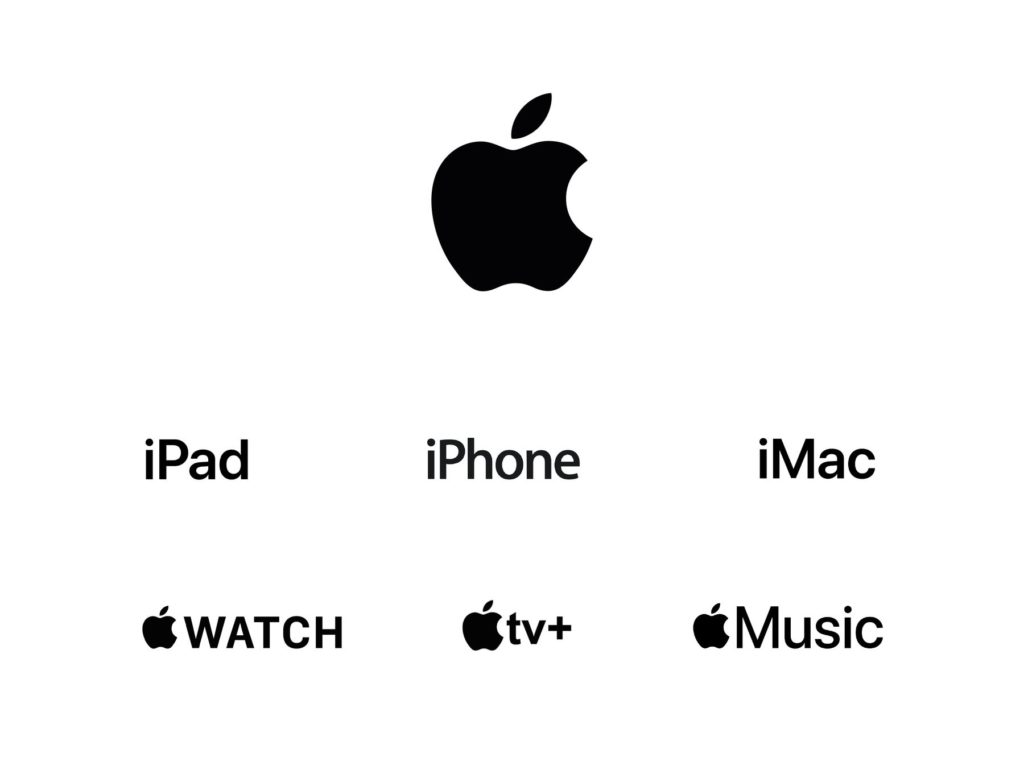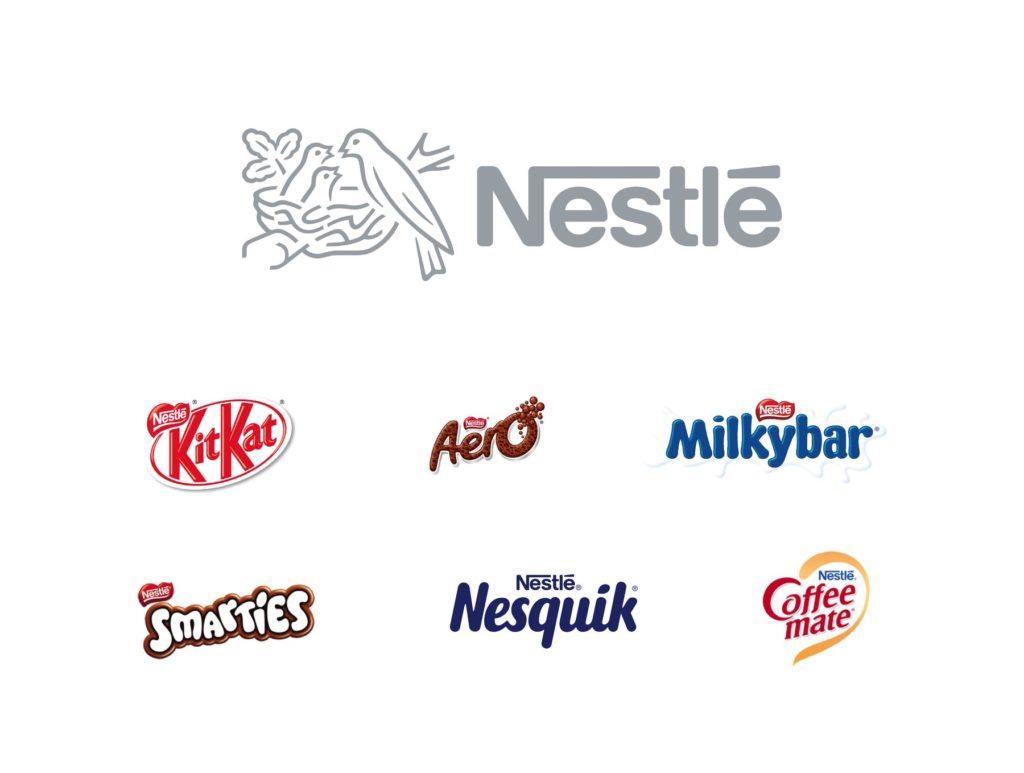The Importance of Brand Architecture: Models and Strategies for Business Success
Brand architecture is essential to the survival of every business. You can use this strategic approach to organically expand your brand's offering, develop your brand identity, and build your brand equity. We understand that establishing a brand architecture can seem daunting. Here, we have compiled a list of different types, shown examples of brands that do it right, and explained how to choose the right model for you. Let's get started.
Understanding Brand Architecture
Brand architecture refers to how a company organises its brands, sub-brands, products, and services. Brand architecture is a fundamental element of every strong brand. It refers to a client-facing, organisational strategy you apply to brands in order to coordinate a brand portfolio, maximise brand equity and market share, and support new launches or struggling brands.
Brand architecture is a structured collection of names, symbols, colours, and brand voices informed by your company’s overarching brand identity (which encompasses your brand value, mission, purpose, promise, personality, and expertise) and consumers.
The Different Models of Brand Architecture
Brand architecture is largely attributed to the work of Dr. David Aaker, who devised the house of brands, branded house, and hybrid architecture models.
There are four main brand architecture models, all with unique advantages:
- House of brands
- Branded house
- Hybrid
- Endorsed
Each model will highlight the links between brands in different ways and offer brands varying levels of freedom concerning marketing and brand development. Architecture models establish a hierarchy that can explicitly influence consumer loyalty and brand awareness. This can be beneficial for brands that want to profit from the association with a strong parent brand. However, this can work against a brand, too. Negative press for a parent brand may also bring trouble for sub-brands.
Let’s look into the different types of brand architecture now.
House of Brands
The House of Brands architecture model involves one parent brand that owns a varied portfolio of individual brands. These different brands may operate in similar industries to each other, as seen with Procter & Gamble, or they may vary widely, as with Unilever. Each brand owned by the parent brand (also called an umbrella brand) will be distinct in its own way, and will have its own product lines and branding, marketing, and promotional rules.
The House of Brands model is beneficial in that it offers companies the chance to take up more market share by owning multiple brands in the same category. A brand within this framework conveys its own message and distinguishes itself from others within a defined market segment.
The House of Brands structure also protects brands against a downturn in business or consumer backlash. If one brand in their portfolio falls on hard times, it may not affect the others.
Consumers may not be aware of the parent company that owns all of these separate brands. When they are, it can help brands owned by the company to draw on its heritage, popularity, and expertise to attract consumers and drive sales.
3 House of Brands examples:
- Procter & Gamble
- Unilever
- General Motors

House of brands architecture model example: Procter & Gamble
Branded House
Unlike a House of Brands, consumers are always aware of the master brand in a Branded House. There is complete synergy between each brand in the company’s portfolio.
In Branded House architecture, the master brand owns a range of sub-brands that all use its logo or brand name in their respective product names. Think iPad, iPhone, or Apple TV+, which are owned by their monolithic parent company, Apple.
These sub-brands act as brand extensions to the master brand. As such, a Branded House approach can be a cost-effective brand architecture model that allows sub-brands to use the same branding and marketing strategies as the master brand.
This type of brand architecture model helps the master brand, in this case Apple, build brand equity and expand its market share. With the clear brand architecture a Branded House offers, consumers may be attracted to its simplified buying experience, as they know the master brand identity and its brand promise will apply to all of its sub-brands and their products.
3 Branded House examples:
- Apple
- Virgin
- FedEx

Branded house architecture model example: Apple
Hybrid Brand
The Hybrid model lies in between the House of Brands and Branded House model. A Hybrid Brand model can rise out of an acquisition or a merger. Consider Microsoft and how it targets multiple types of customers with different sub-brands, names, colours, types of imagery, logos, promises, positions, and personality traits.
Some brands in the Hybrid Brand model will be more strongly associated with the parent company than others. For instance, Coke, Diet Coke and Coke Zero all have very strong links to their parent company, Coca-Cola. However, other brands in the Coca-Cola portfolio include Costa Coffee, Innocent Drinks, Appletiser, and more, which all stand as distinct brands from Coca-Cola.
The benefits of a Hybrid Brand architecture model include all of the benefits for the Branded House and House of Brands model – and more.
For instance, a struggling brand can benefit hugely by being included in a parent company’s brand portfolio, and existing brands in the portfolio can enjoy the perks of increased brand awareness and a stronger position in the market by associating with the parent brand.
Additionally, brands have the freedom to develop their individual branding and marketing to suit their product.
3 Hybrid Brand architecture examples:
- Marriott
- Amazon
- Alphabet

Hybrid brand architecture model example: Coca Cola
Endorsed Brand
The endorsed brand architecture model helps new brands enter the market with an advantage: the opportunity to grow with the support of the parent company’s (also known as an endorser brand’s) brand equity and reputation. It also allows these brands the freedom to develop their branding and marketing strategies independently, meaning they will remain a distinct brand, but will always have the support of the parent brand.
Brand management can be more difficult in the Endorsed Brand model, as the entire portfolio of brands have to align with the parent company’s values and brand promises while staying independent. With a more convoluted brand management set-up, market decisions can take longer.
3 Endorsed Brand examples:
- Nabisco
- Nestle
- Virgin

Endorsed brand architecture model example: Nestlé
Why is Brand Architecture Important
Strong brand architecture helps make your position in the market clear to everyone, from your target audience and employees to your stakeholders.
Strong brand architecture can help employees and stakeholders understand how — and why — all of a brand’s separate products tie in together. When these key groups of people are clear on what the main brand portfolio includes and what it stands for, they’re more likely to be engaged with the brand.
Strong brand architecture can also help you tell your brand’s story and enjoy inflated income as a result of that story linking all of your products and how they work in tandem together.
Building a Strong Brand Architecture
As with any project, research is where it should begin, and there’s always time in the day for some self-reflection. Identify what your business offers and how your different products are linked to one another. How do your customers buy your products? And, if business is booming, how do you take on other brands into your portfolio and expand into different audiences, new product lines, new markets, and beyond?
Once you’ve mapped out what brands and products are in your portfolio, find out which brands need to be better connected to the main brand and which are already well aligned with its core values.
After that, it’s time to hoist up the architectural structure and model. Organise your portfolio into clear groups (you probably wouldn’t want to put mayonnaise and deodorant in the same group, for instance).
After that, it’s time to develop brand guides for every group, cultivating a brand name, tone of voice, and visual identity that says what you need it to and to the right people.
How to Choose Your Brand Architecture Model
You might be thinking: which brand architecture type best suits my brand? A company’s unique brand positioning determines the right model, and in order to understand which brand architecture model would suit your organisation best, it’s necessary to ask several essential questions about your current operation.
Consider which markets your products and services target, how healthy your current market share is, and which market areas you might be able to expand into in the future.
You should also think about how many individual products or services you offer; you may not need unique branding for each product or service and could streamline your branding and marketing by opting for the branded house model, for instance.
The relationship between your brands can also be important. If you’re embarking on a completely new brand venture, you may be at risk of alienating or confusing your audience. The endorser brand model may be suitable to best manage your audience in this case.
Whichever model you choose, it should always work to add value to your brands.
Brand Architecture Strategy with Studio Noel
If you’re new to brand architecture, our teams have the insight you need to help you analyse your current place in the market and identify the right brand architecture model for you.
If your business has evolved over time and the architecture that worked at the start of your journey is no longer suitable, or the brands you have acquired need an extra push, our brand strategy expertise will help you review, reorganise, and refresh your portfolio to secure you success for years to come.
Get in touch to see how we can help you maximise your brand’s success.